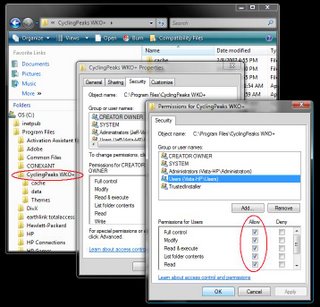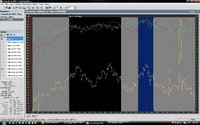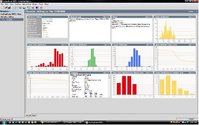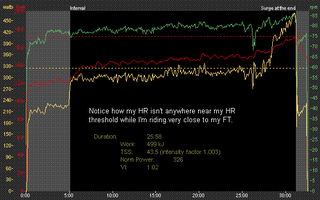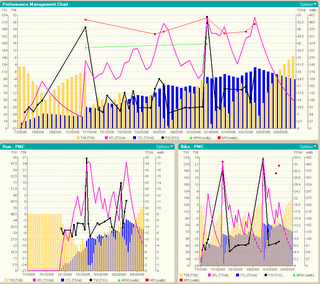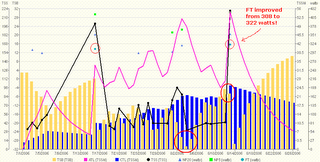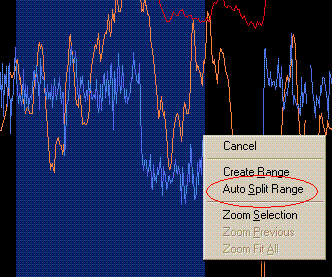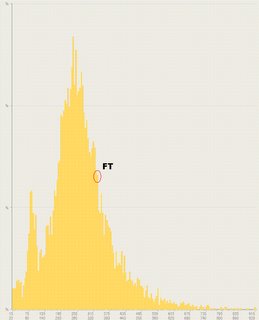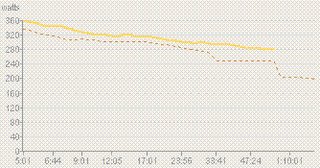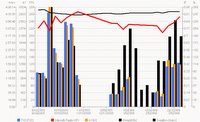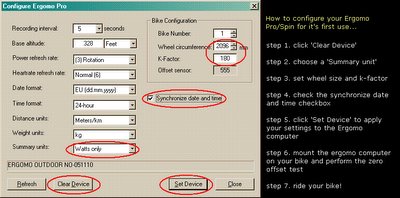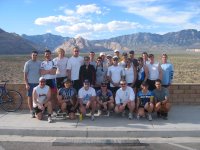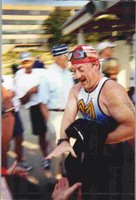One of the benefits of my job is that the very best training equipment and devices often find their way into my world. In short, I get lots of toys. One of the worst things is that I have to use them all within my own little world of training too. Of course, I'm not actually complaining about getting to play with all these power meters and HRMs and GPSs. But, sometimes the data that I get from them is well .... how do I say it nicely? .... "Suspect"? No. That's not correct. Sometimes the data from one makes me question the data received from another.
Stop reading right now if you think this is going to end up being an article that claims one PM is better or more accurate than another.
We've all seen the posting where one guy claims his original power meter is, has, and will always be the most correct and then he laments how the new one that he just purchased reads way too high or too low. I've been there. It's frustrating. I'm pretty sure, though, that 90% of the time, the poster is either just plain wrong or, more likely, he's trying to ask the right question, but doing so the wrong way. What he really wants is to
know how to get the new meter to display and record the same watts as the old workhorse so that he can count on some level of consistency. Amen to that.
Well, our lamenting forum poster often has one disadvantage. That is, he's got PM's on different bikes, usually with different positions (road vs. TT, road vs. MTB, etc.). Hmmm, well.... I'm not really sure what to say or do about that. But, I might have something in the near future.
I have sort a unique situation in that my TT bike sits on a computrainer and has both an SRM Pro and an Ergomo Pro power meter on it. Yep. 2 PM's simultaneously helping me crank out the horsepower (how come I can't go twice or thrice as fast?). And, like our lamenting forum poster, I too become distracted (for lack of a better word) at having not two, but three numbers in disagreement in front of my face when I'm training.
So, today I decided to take matters into my own hands. My goal was to get all three to essentially agree. But, how do I do that? Folks, I'm just winging it.... I'm lost this minute on what to do about the Computrainer. But, I know that both the SRM and the Ergomo allow a bit of tinkering. So, that's where I'm heading first....
Given the 3 devices, ideally I should start by externally calibrating the SRM using weights and a calculator. Or, some might suggest using the CT as the benchmark. Unfortunately for the CT, it's reading 40-60 watts lower than both the Ergomo and the SRM. So, it's "Wrong". :) Next, I'm not completely convinced that SRM's published calibration routine is completely correct (especially if you expect someone like me to follow along). And, more importantly, I have lots and lots of data based upon my ergomo. So, ideally, I want that one to more or less become the benchmark.
During my exploits today, I was happily changing slopes and offsets and k-factors on both units. At first, I tried to eyeball the numbers and then I eventually broke out the spreadsheets. In the end, I think I've got my Ergomo Pro and SRM to be really close. Close enough until I get more time to narrow it all down even further, that is. But, in the end, it all of a sudden struck me that the best results ended up coming from my PM's when my Ergomo was restored to it's original K-Factor setting (the one that I've been using for the past year or so). So, I feel a little vindicated even if I haven't yet "proved" to myself that the slope adjustment on the SRM *should* have been changed.
In the end, however, I realized that everyone with multiple PM's needs more data. So, this task of "calibrating" is really turning into a session of "Hey, what happens if I do this?" and eventually someone can create a handbook of "how to get your multiple PM's to agree".

So, what is the result of today's exercise? See for yourself. This graph is just a very small sample. But, it shows that both the ergomo and the srm read very closely. You can also see that slope adjustments on the SRM have some effect. Note how the dashed-green line moves slightly upwards from lower watts to higher watts (meaning that these settings give the SRM a bias for under-reporting lower efforts and over-reporting higher efforts). This indicates that the SRM is still giving a bit too much value to higher torque. (My SRM is three or four years old and hasn't ever been back for factory testing of the slope. It's slope is marked as 21.0. But, for this testing I had dropped it down to 14.0 and should still probably lower it by 1.0 to 13.0 instead).
One thing that becomes very clear from this exercise is that both the SRM and Ergomo Pro track together very, very nicely. But, I have no idea as to which one is more correct. +/-3 watts is close enough for my needs.
Also, this analysis is done on the downloaded information and not the subjective measure of the displayed watts. Both the SRM and the Ergomo display differently than what is recorded. To help equalize things, I had set the Ergomo to update it's display every pedal revolution. I believe that the SRM updates it's display every 1+ seconds. So, close enough. And, before analyzing this final set of data, I did have the feeling that the ergomo was reading a bit higher in the low watt ranges and a bit under on the higher watt ranges.
Next time..... I am hoping to figure out something for bringing the CT into the mix. Or, maybe a little experiment to show the effects of changing K-Factor on the Ergomo. Oh, you better believe that I'm looking for a PT too.



















